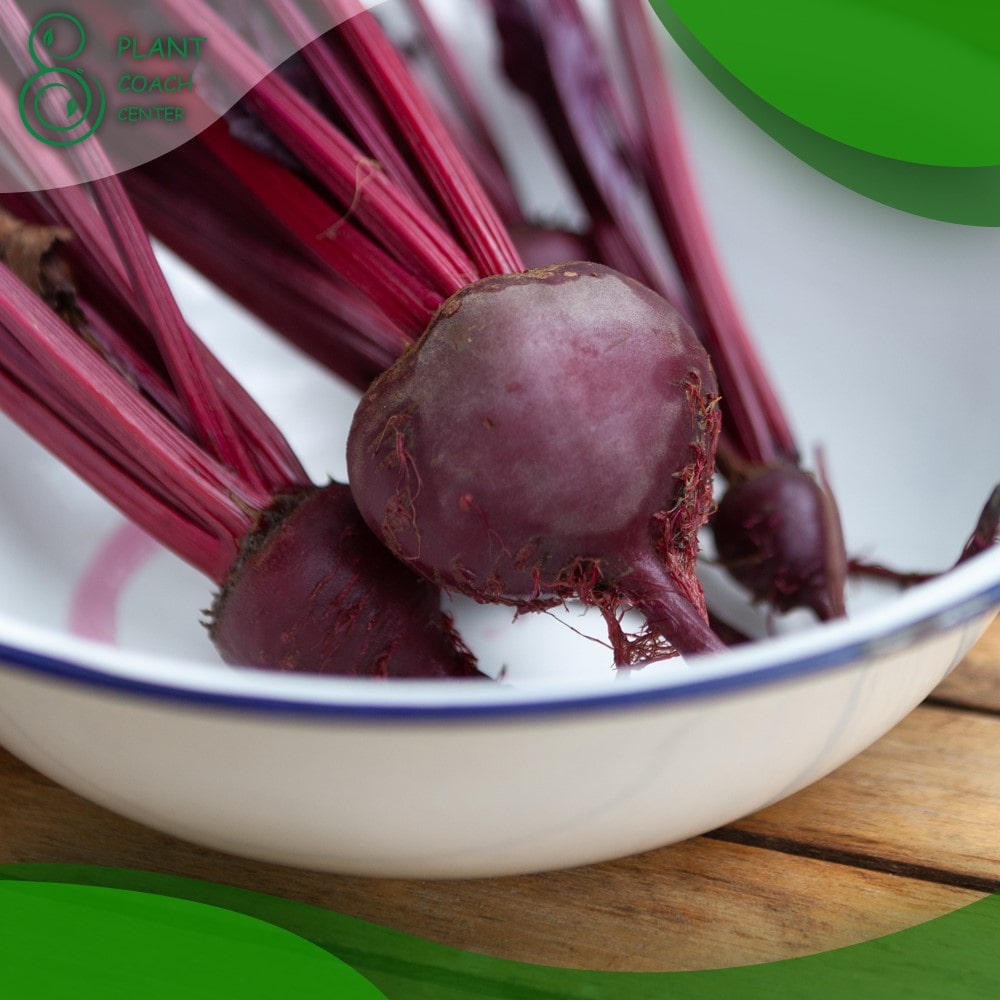When to Plant Beets Zone 6
Growing your own vegetables can be a rewarding experience. There is a unique joy in cultivating something from seed to harvest, and then enjoying the fruits (or in this case, the roots) of your labor. Beets, with their vibrant colors and diverse uses, are a popular choice among gardeners. This article, brought to you by PlantCoachCenter.com, is specifically designed to provide a comprehensive guide to successfully growing beets in Zone 6.
Understanding Plant Hardiness Zones
Before diving into the specifics of beet cultivation, it’s essential to understand what we mean by “Zone 6”. The United States Department of Agriculture (USDA) has divided North America into 13 different “hardiness zones” based on average annual minimum winter temperatures.
Zone 6, which includes parts of the Midwest and Northeast, has a minimum temperature range of -10 to 0 degrees Fahrenheit. Understanding your zone helps determine when and what you can plant for optimal growth.
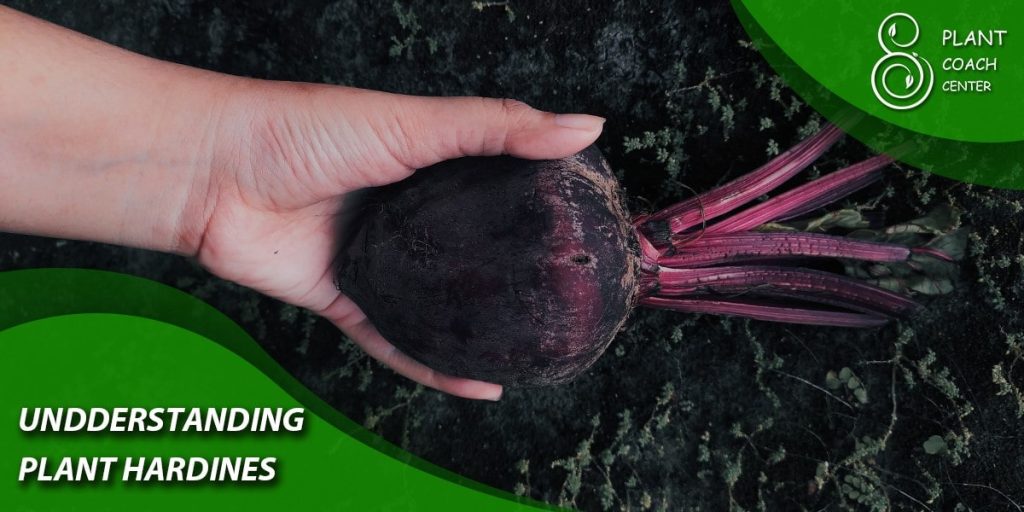
The Basics of Beet Growing
Beets are a versatile vegetable with several varieties, each possessing unique characteristics. Some common types include ‘Detroit Dark Red’, ‘Golden’, and ‘Chioggia’, each offering different flavors, colors, and growth times.
Beets favor cool temperatures, making them an excellent choice for early spring and fall planting. They thrive in full sun but can tolerate partial shade. The key to growing beets is cool temperatures and consistent moisture.
When to Plant Beets in Zone 6
In Zone 6, you can start planting beets as soon as the danger of heavy frost has passed, typically around early April. Beets can withstand a light frost, but a heavy one can damage the seedlings. For a fall harvest, plan your planting about 8 to 10 weeks before the first expected fall frost, typically in late July or early August.
Preparing Your Soil for Beet Planting
Beets prefer well-drained, sandy soil with a pH between 6.0 and 7.0. Before planting, prepare your garden bed by removing any rocks or debris that could obstruct the growth of the beetroot. Incorporate organic matter, like compost, to improve the soil’s nutrient content and drainage.
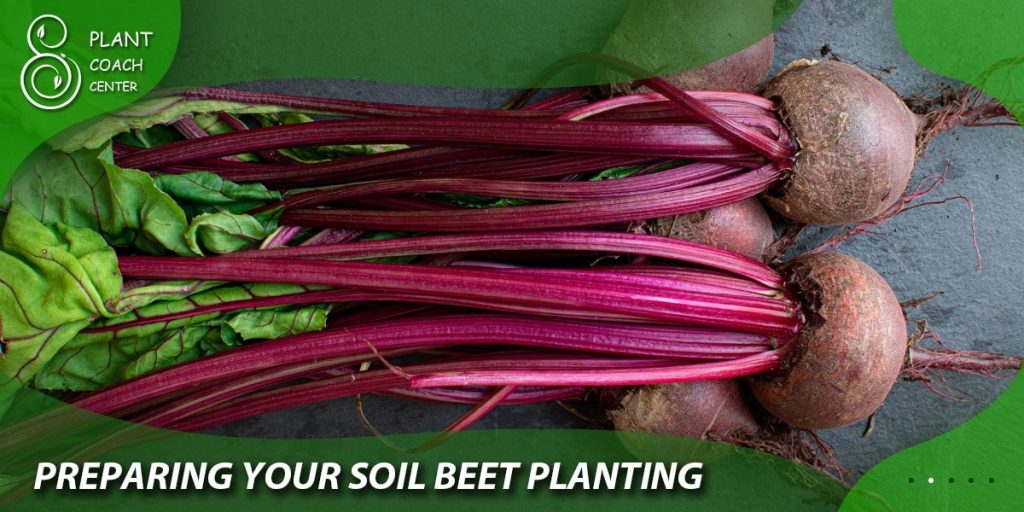
Planting Process
Plant your beet seeds directly into your prepared garden bed. Sow the seeds 1 inch apart and about 1/2 inch deep in rows that are 12 to 18 inches apart. After germination, thin the seedlings to 3 inches apart to allow room for the beetroot to develop.
Beet Care and Maintenance
Water your beet plants consistently, about 1 to 2 inches per week. A consistent water supply will lead to better root development. Regularly weed your garden to prevent competition for resources.
Although beets are not heavy feeders, an application of a balanced fertilizer after thinning can promote healthy growth. Always follow the manufacturer’s instructions when applying fertilizers.
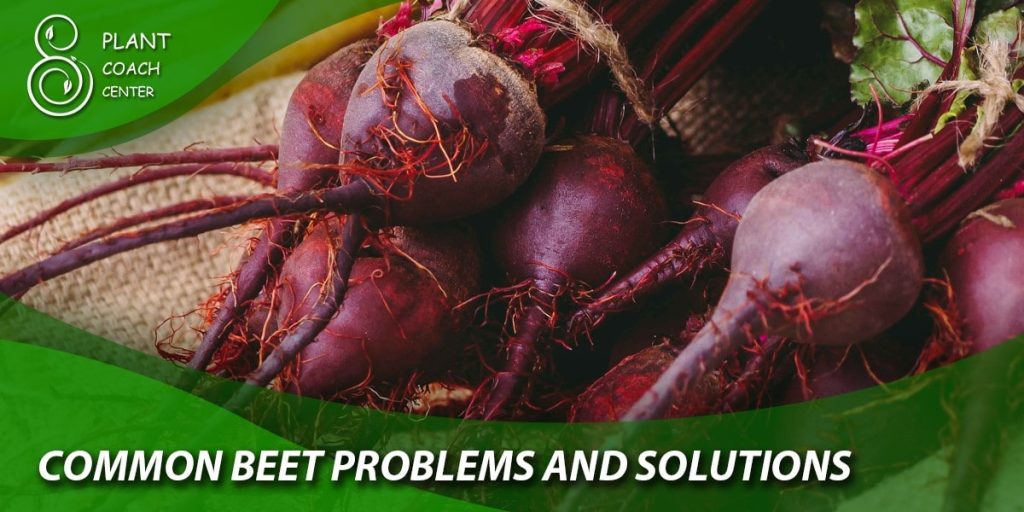
Common Beet Problems and Solutions
In Zone 6, common pests that trouble beets include leaf miners and aphids. These can be controlled using organic methods like introducing beneficial insects or using insecticidal soaps.
Common diseases include Cercospora leaf spot and Fusarium wilt. Practice crop rotation and proper sanitation to prevent these diseases. If these diseases become a problem, consider using a suitable organic or synthetic fungicide.
Harvesting and Storing Beets
Beets are usually ready to harvest 50 to 70 days after planting, when they reach about 1.5 to 2 inches in diameter. To harvest, gently pull or dig around the roots to prevent damage.
To store beets, cut off the tops, leaving about 1 inch. Do not wash the roots before storage. Store them in a cool, humid place like a refrigerator or a root cellar. They can last for 2 to 3 months when stored properly.
Troubleshooting Beet Growth in Zone 6
It’s not uncommon to encounter problems when growing beets in Zone 6, even when you’re doing everything “by the book.” Here, we offer some troubleshooting tips for common issues that may arise during the beet cultivation process.
Understanding and Rectifying Poor Germination
Sometimes, beet seeds fail to germinate or do so inconsistently. This problem can be due to various factors, including:
Incorrect Planting Depth: Beet seeds should be planted about 1/2 inch deep. Planting them too deep may prevent the seedlings from reaching the surface.
Cold Soil: While beets can tolerate cool temperatures, extremely cold soil can hinder germination. Wait until the soil warms up to at least 40 degrees Fahrenheit before planting.
Insufficient Moisture: Beets need consistently moist soil for germination. If the soil dries out too quickly, it can lead to poor or inconsistent germination.
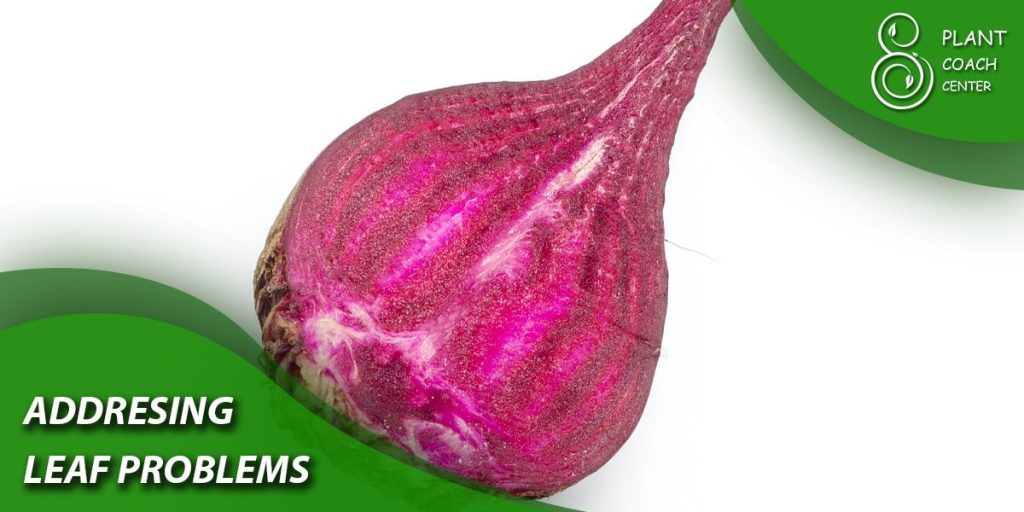
Addressing Leaf Problems
If your beet plants have yellowing leaves or their growth seems stunted, it could be due to nutrient deficiencies:
Nitrogen Deficiency: If your beet plants have yellowing leaves, especially older leaves, they may be lacking in nitrogen. You can correct this by applying a nitrogen-rich fertilizer.
Boron Deficiency: Beets require boron for healthy growth. A boron deficiency can lead to black, corky growths on the roots and wilting or browning at the leaf tips. You can correct this deficiency using a boron supplement.
Dealing with Pests
Pest infestations can cause significant damage to your beet crop. Here are some common beet pests and how to control them:
Aphids: These tiny insects suck sap from beet leaves, causing them to curl and discolor. You can control aphids by spraying your plants with water to knock them off or using insecticidal soap.
Leaf miners: Leaf miners are larvae that tunnel through leaves, leaving white trails. Remove and destroy infested leaves to control their spread.
Controlling Diseases
Beets are susceptible to several diseases, primarily fungal. Here’s how to manage some of the most common ones:
Cercospora Leaf Spot: This disease causes circular spots on beet leaves. Managing it involves using resistant varieties, practicing crop rotation, and applying a suitable fungicide if necessary.
Fusarium Wilt: Fusarium wilt causes beet plants to wilt and die. It can be managed by improving soil health and drainage and practicing crop rotation.
Prevention is better than cure. By providing the right growing conditions and regular care, you can minimize the chances of encountering these problems. However, if issues do arise, these troubleshooting tips should help you navigate through them and ensure a bountiful beet harvest in Zone 6.
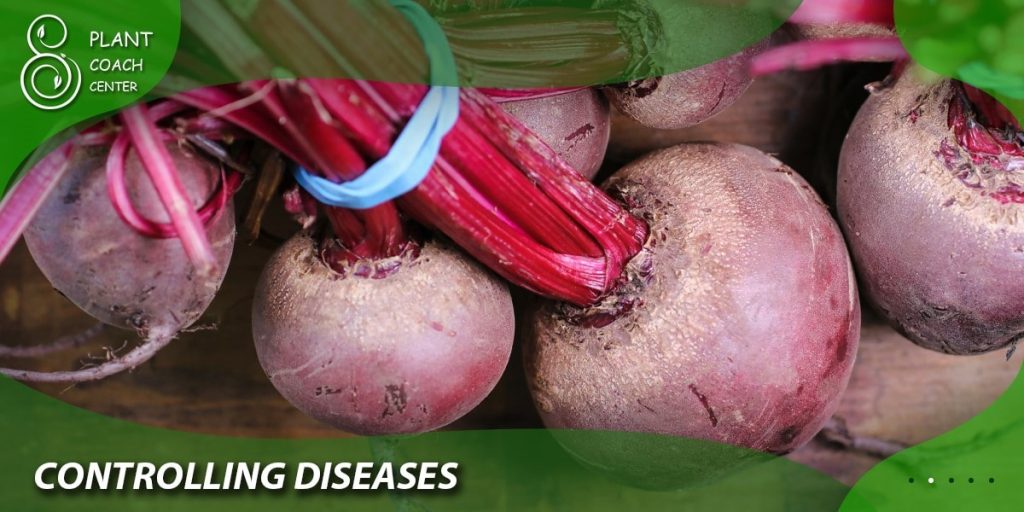
Conclusion
Growing beets in Zone 6 can be a fruitful endeavor with the right knowledge and practices. This guide provides a comprehensive roadmap to help you from planting to harvest. Remember, the key to successful beet cultivation, like any gardening project, lies in understanding your plants’ needs and providing consistent care.
What is Zone 6 in gardening?
The USDA Hardiness Zone 6 is a geographic area defined by specific average annual minimum winter temperatures.
When should I plant beets in Zone 6?
The best time to plant beets in Zone 6 is in the early spring, as soon as the soil is workable. A second planting can be done in late summer for a fall harvest.
What are common beet pests and diseases in Zone 6?
Common beet pests in Zone 6 include leaf miners and aphids, while diseases include Cercospora leaf spot and Fusarium wilt.
How should I prepare my soil for beet planting in Zone 6?
Soil for beet planting in Zone 6 should be loose and well-draining. It should have a pH between 6.0 and 7.0 for optimal beet growth.
How do I know when my beets are ready to harvest?
Beets are typically ready to harvest when they reach about 1.5 to 2 inches in diameter. This usually takes between 50 and 70 days after planting.
How do I store beets for extended use?
After harvesting, you can store beets by cutting off the tops, leaving about 1 inch, and storing them in a cool, humid place like a refrigerator or root cellar.


